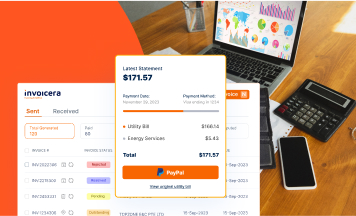Photography is definitely a profession that you are passionate about. Great photography should be invoiced in a proper way. This will helps you earn equal rewards. You should always know your time’s worth to begin with. One should always bill clients much higher than the expected hourly rate is. Not that you must bill on an hourly basis.
Besides using these tips, do send estimates to your clients for an approval and mention all the terms and conditions. This way, they can do all the negotiations before-hand. Using an online software like Invoicera helps you with features like scheduling your invoices, tracking time and expenses for the work done and adding late fee to your invoices.
Here are some invoicing methods you can use:
Cost Incurred and Time Spent
As a photographer, you end up spending money on the project you are undertaking. This could be travelling, food and employee cost. Besides adding these costs, you could add the rental cost of equipment that you are going to be using. If you are arranging for resources, then do add some mark-up. This could be a supervision cost of 10% on the actual. This will cover the time that you have spent on arranging everything. You could add a higher mark-up if you feel that your hourly rate does not get covered. Be careful while using this method. It gives clients quite some information about each of the costs and they may be in a better position to negotiate with you.
Setting an Upper Limit
The third method for invoicing clients is to bill them as per the cost incurred and the time spent, while adding an upper limit to the final chargeable amount. Once you know the amount of work and effort involved in the project you can set an upper limit of the amount you are going to charge. In this case if you are able to complete the task on or before time, you make more money, else you don’t.
Total Project Rate
In this method you can charge the client for the whole project after taking into account the costs and time involved. This can be a very useful method where project rates are standardised and known by clients as well. But, in case the work gets extended for some reason, it becomes difficult to bill the clients for the extra hours spent. Do go for this method if you can accurately measure the project cost. This method should always be supplemented with a rate-card for any work done over and above the project requirement. It will simplify things for you as you won’t have to worry before providing extra services.








